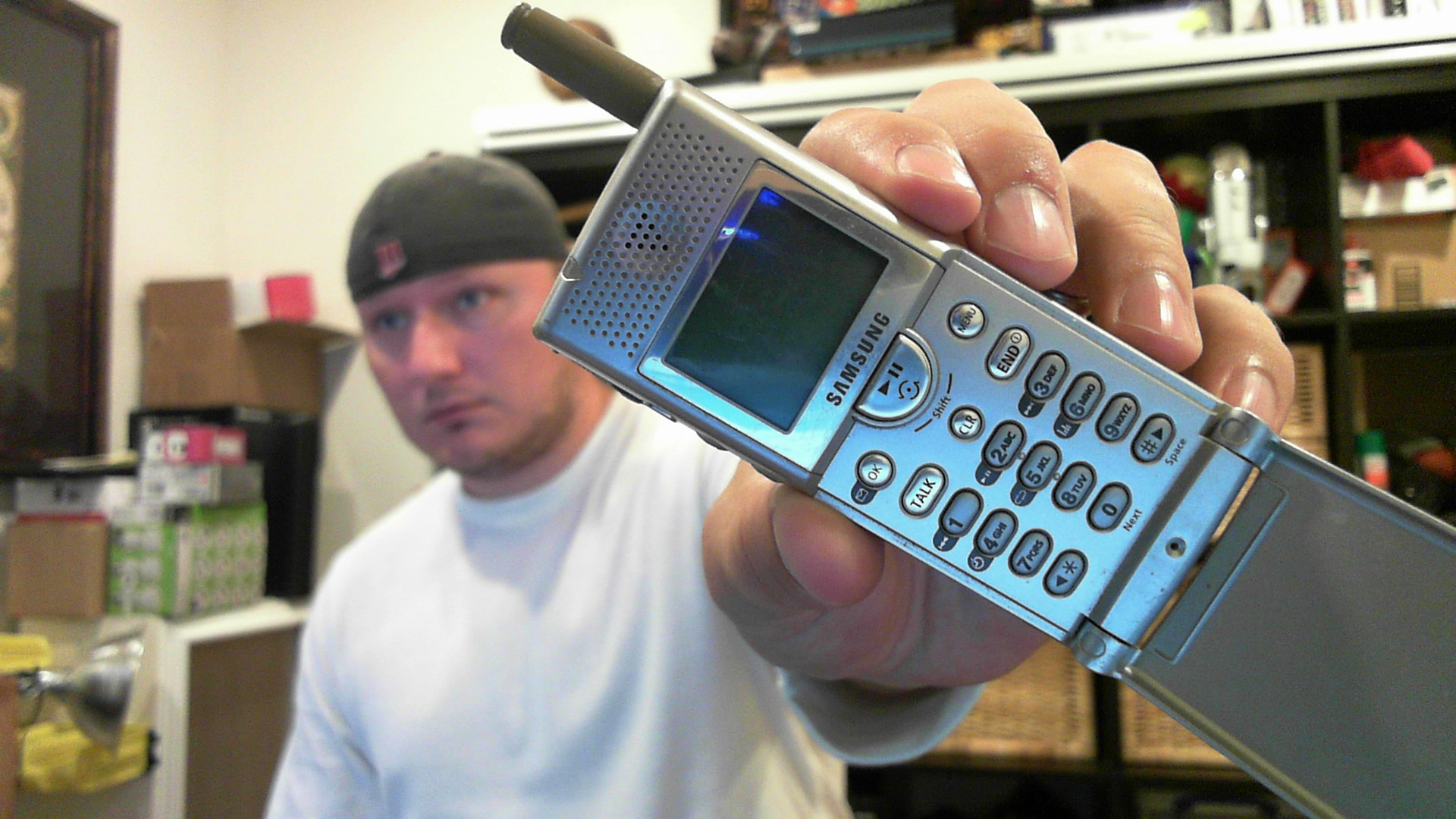Earlier this week, Microsoft announced availability of its $100 LifeCam Studio webcam. The camera sports a compact design, autofocus, glass lens, 360-degree panning, tripod mount, and—most importantly—a 1080p sensor. I’ve been playing around with the LifeCam Studio for a bit and have some early impressions to report.
If you’re looking to do some HD video chatting, there are a few factors to consider. For starters, forget about 1080p for the foreseeable future. It’d take some serious horsepower—both from your computer and your broadband provider—to push true 1080p video in real time.
You will be able to do 720p video chatting, but you and your chat mate must both be using Windows Live Messenger 2011, have a 3.0GHz or higher Intel CPU, and 4GB of RAM. If you’re a Skype user, the LifeCam Studio registers only as a medium-quality camera—if you’re looking for a high-quality Skype webcam, the Freetalk Everyman HD does a nice job and only costs $60.
I was most interested in checking out the LifeCam Studio for shooting my weekly Techland videos. I normally use a 1080p JVC camcorder, but the videos only need to be in 720p and I figured I could just keep the LifeCam set up atop one of my monitors and record the video right to my hard drive.
Unfortunately, just like one of Microsoft’s previous HD webcams, the LifeCam Cinema, the included software won’t record in 720p resolution at 30 frames per second—only 15 frames per second. You’ll need to use more professional level video software to record in 720p at 30 frames per second. The LifeCam software won’t even attempt to record 1080p video, it just offers the ability to take 1080p snapshots instead.
Those quirks aside, the camera does a great job of autofocusing and auto-adjusting brightness levels—much better than previous cameras Microsoft has put out. Even in relatively poorly-lit spaces, the picture looks good thanks to the camera’s large sensor.
I took this still image earlier this morning in my somewhat dim office, which usually gets some good sunlight except that it’s been dark and rainy all day. As you can see, the camera not only correctly auto-focused on the phone I held up in front of it (that’s the Samsung Uproar—the first ever MP3 phone, circa 2001), but upped the brightness levels in the room without washing anything out. Click on the picture for the full resolution version.
The tripod mount is a nice touch if you’re looking for something like that, though I suspect most people will just stick this thing on top of their monitors and call it a day. The “high-fidelity” microphone is decent, but unspectacular—it’ll pick up your voice just fine, but it also picks up plenty of ambient noise as well. At least it’s all detailed and crisp.
The big selling points here, aside from the HD, are the wide-angle glass lens, and how well the camera autofocuses and adjusts for poor lighting. All in all, the LifeCam Studio is a great camera held back by poor recording software features. However, if you’ve got more capable recording software or just plan to use it for video chatting, it’s a great option.
More on Techland:
Microsoft Makes Arc Touch Mouse Official: $70 in December


